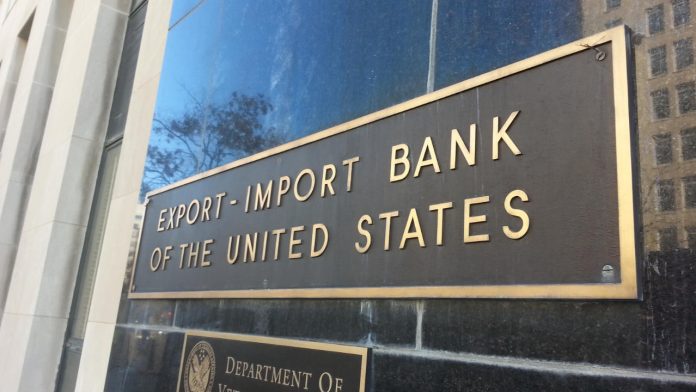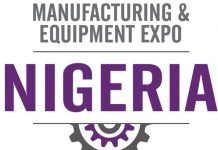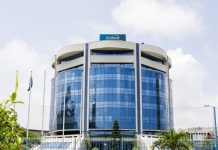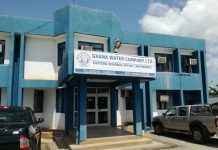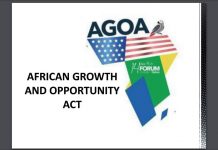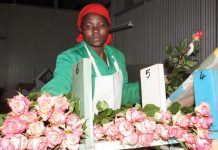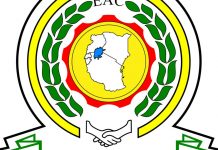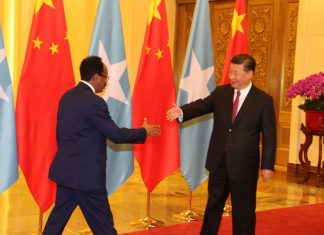Trade Finance
The Export-Import Bank of the United States (Ex-Im Bank) signed a memorandum of understanding with Angola to boost job growth in both countries by strengthening collaboration on the financing of U.S. exports to Angola. The MOU was signed by Ex-Im Bank President Fred P. Hochberg and Angola’s Finance Minister Armando Manuel during the U.S.-Africa Leaders Summit convened by President Barack Obama in August in Washington, D.C. The two sides agreed to exchange information on trade and business opportunities to enable the procurement of U.S. goods and services by both state-owned and private sector enterprises in Angola. The MOU identifies the following sectors for business development: energy, infrastructure, railways and roads, mining, telecommunications, agriculture, and environment, including water and sanitation projects. Ex-Im Bank has authorized a record of more than $1.7 billion for U.S. exports to sub-Saharan Africa through the first ten months of FY 2014. In the past five years, the bank has authorized more than $5 billion for U.S. exports to sub-Saharan Africa, exceeding the Bank’s authorizations of $4 billion for the region approved over the previous decade.
Financial Markets
Angola is the third largest sub-Saharan financial market after Nigeria and South Africa, with assets of US$70 billion, according to Angola’s Economy Minister Abraão Gourgel. The minister, who was speaking at the opening ceremony of the 31st edition of the Luanda International Fair (Filda), noted that Angola posted yearly growth of around 3 percent and had a growing middle class, a rise in use of financial services and in consumer demand in general, and a fast growing business sector that was open to partnerships with foreign investors. He said peace in Angola had allowed the country to take advantage of the rise in oil prices in the first decade of the 21st century, as shown by gross domestic product, which increased 5.5 times between 2000 and 2007. Per capita GDP reached $6,000 in 2013, making Angola a middle-income country according to the World Bank’s classification. Filda is a multi-sector exhibition and business fair that, since 1983, has brought together businesspeople from Africa, America, Europe and Asia to exhibit their products and services and make contacts for potential partnerships.
Renewable Energy
NOTS Impact Enterprises, an emerging impact business focused on renewable energy, joined the Business Call to Action (BCtA) with the mission of making lighting and charcoal production sustainable in Africa by 2025. NOTS already operates in Mali and Rwanda, and has plans to expand across sub-Saharan Africa, selling Blue Power (solar lamps) and Blue Charcoal (sustainable charcoal production) to residents in rural communities. It aims to sell 200,000 solar lamps and 1,500 Blue Charcoal packages across the African continent by 2016. BCtA (www.businesscalltoaction.org) is a global initiative that challenges companies to develop inclusive business models that offer the potential for development impact along with commercial success.
Power Projects
Private investors have warmed up to the idea of Independent Power Projects (IPPs). Many sub-Saharan governments, sensing the opportunity, have changed the legal and regulatory environment to better enable IPPs. Countries have also adjusted tariffs to further the attractiveness of hydropower and other renewables. The Ethiopian government recently raised its cost per kWh to just under $0.07. Hydropower requires around $0.08 to $0.11 per kWh to jumpstart private sector investment. Industry players already pay north of $0.20 per kWh in certain markets, including Kenya and Tanzania. Ethiopia could potentially export energy to Sudan in a similar range.
Electronic waste
Electronic waste is now Kenya’s fastest growing waste component. UNEP estimates that over 17,000 metric tons of electronic waste is generated in Kenya annually. This is equivalent to 130 million mobile phones. The high rate of e-waste accumulation in Kenya was said to be caused by short product life cycles, the increasing affordability of electronics, and donations of used electronics from other countries. A UNEP study of 300 schoolchildren near Dandora, found that about 50 percent had respiratory problems, and 30 percent had blood abnormalities signaling heavy-metal poisoning. E-waste is composed of a complex mix of plastics and chemicals, including heavy metals and radioactive elements, which, when not properly handled, can be harmful to human health and the environment. Dandora, where the study of the 300 school children tool place, is home to a 30-acre unrestricted dumping ground just 8 kilometers from the city of Nairobi. It is the destination for some 2000 tons of newly arrived waste per day, which includes heavy metals such as lead and mercury often found in electronic waste that makes its way into the soil and contaminates the air. The National E-Waste Conference and Exhibition held in Nairobi in May focused on the potential economic and environmental benefits of the responsible management of e-waste. Stakeholders discussed ways to reduce the hazards arising from the disposal of electronic equipment in Kenya.
Suez Canal
Egyptian authorities said work on a second channel of the Suez Canal has begun and will be completed within a year. Earlier this month, Egypt announced plans for a second channel on the Suez Canal, a $4 billion project that was supposed to take three years. Egypt said the plan would involve creating a 45-mile long channel parallel to the current canal, both to keep up with growing traffic and to allow ships to travel in both directions instead of convoying one way at a time, cutting wait times down to as little as three hours. Egypt also announced that an additional $4.5 billion would be spent to build a free trade zone, industrial park and a regional logistics hub to service the Middle East, northern Africa and the Mediterranean regions. Suez Canal traffic has been down markedly for the past year, but began to tick up in June. June’s 509 container ships brought the first-half traffic to 2,961 ships, 1.5 percent lower than the first half of 2013 and 6.9 percent lower than the first half of 2012. Still, June was the first month to show year-over-year positive growth since August 2011. May and June were also the first months with more than 500 container ships since October.
Chambers of Commerce
The Pan African Chamber of Commerce & Industry, founded with 35 national business chambers in 2009 as Africa’s main business advocacy organization, signed an MOU with the U.S.-based National Black Chamber of Commerce (NBCC). NBCC is dedicated to economically empowering and sustaining African American communities through entrepreneurship and capitalistic activity within the United States and via interaction with the Black Diaspora. The PACCi-NBCC memorandum was signed during the NBCC’s 22nd Annual Conference in Chicago in July. NBCC says it is beginning to work the agreement by building a strategic plan for the West African nation of Benin and will soon set an official trade mission to the continent.


